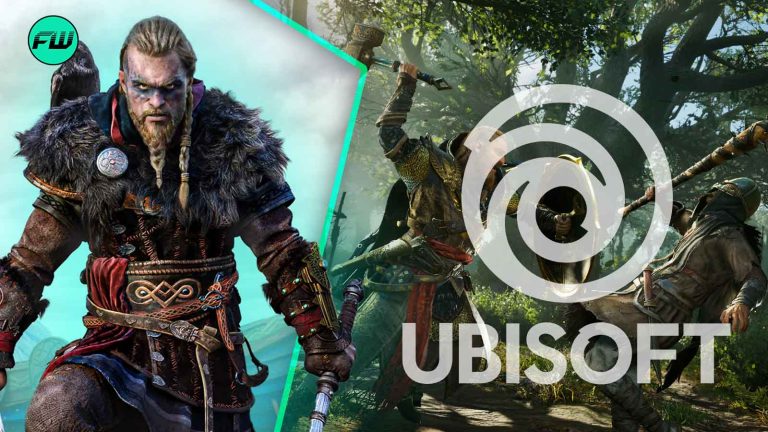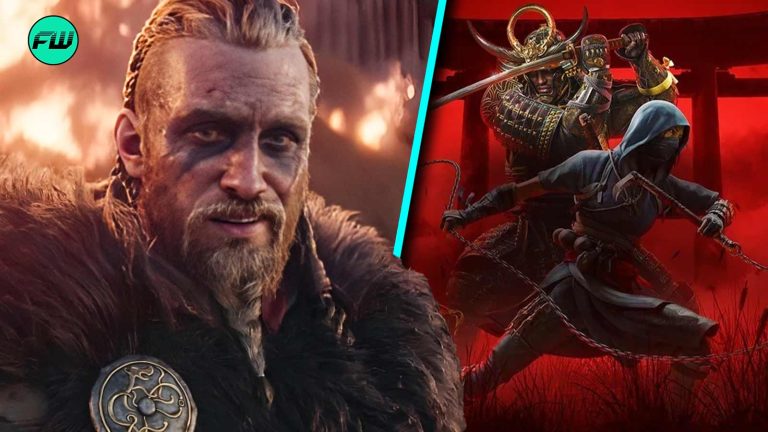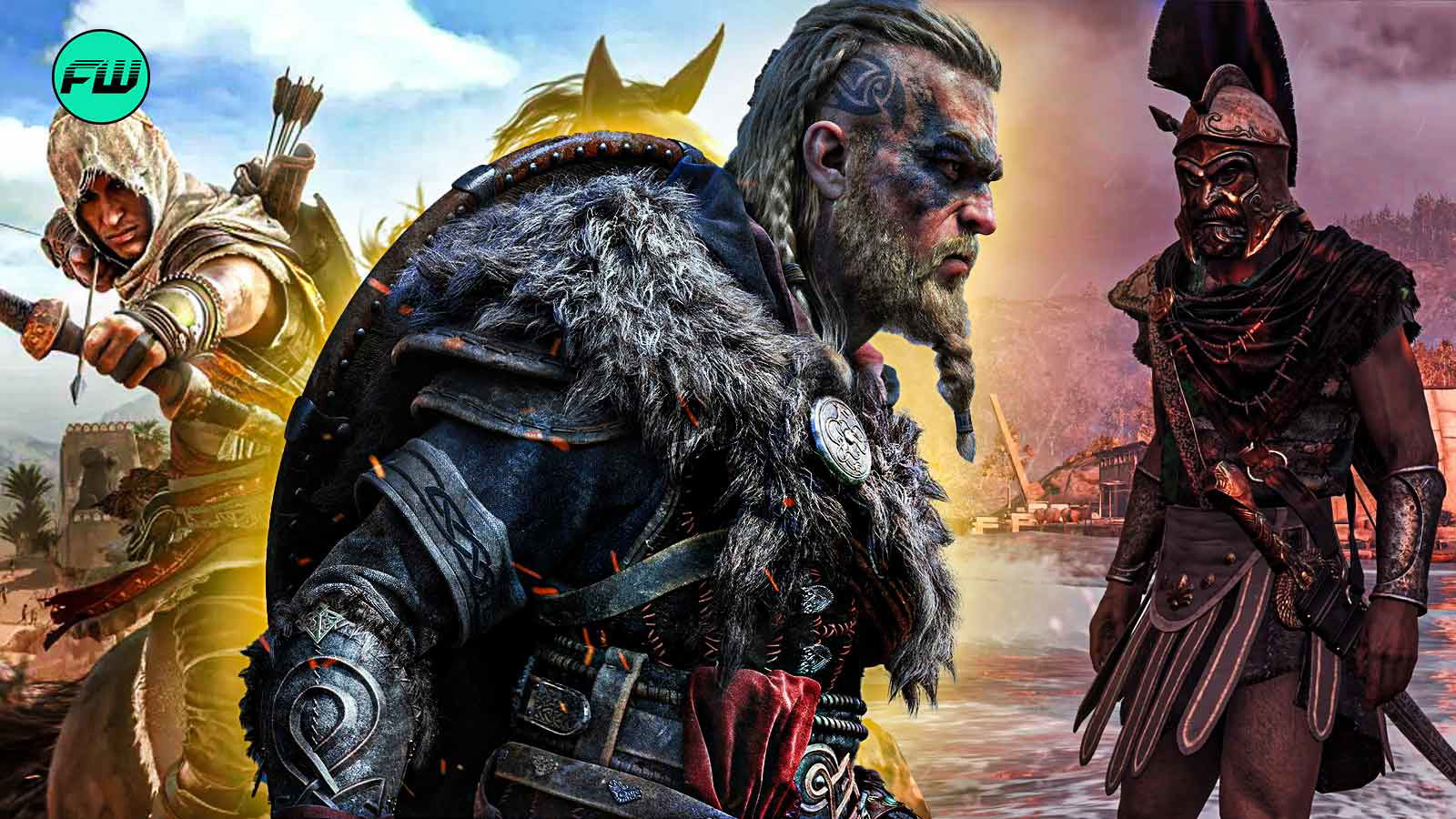
Since its release in 2007, Assassin’s Creed series has evolved dramatically over the years. The series has become more than just a stealth-focused adventure, it has converted into an expansive RPG. With this evolution came numerous quality-of-life (QoL) improvements and gameplay innovations that enhanced the player experience.
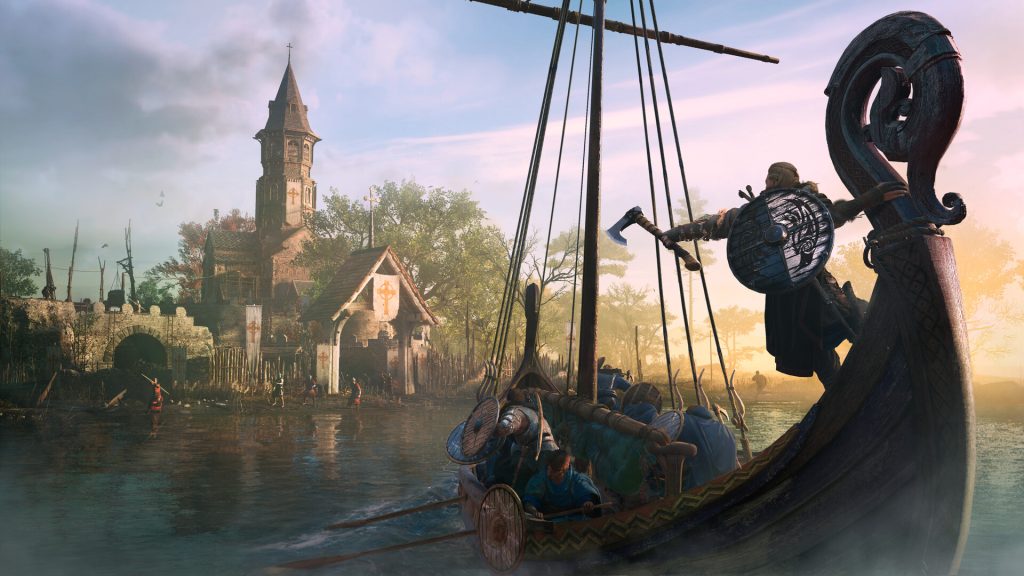
These improvements not only streamlined gameplay but also set a standard that fans had expected from future installments. However, Ubisoft decided to strip many of these features away in Assassin’s Creed Valhalla, at its launch. This move not only frustrated fans but also showcased the poor consistency in the series’ progression.
Assassin’s Creed Valhalla had the potential to shine but fell short
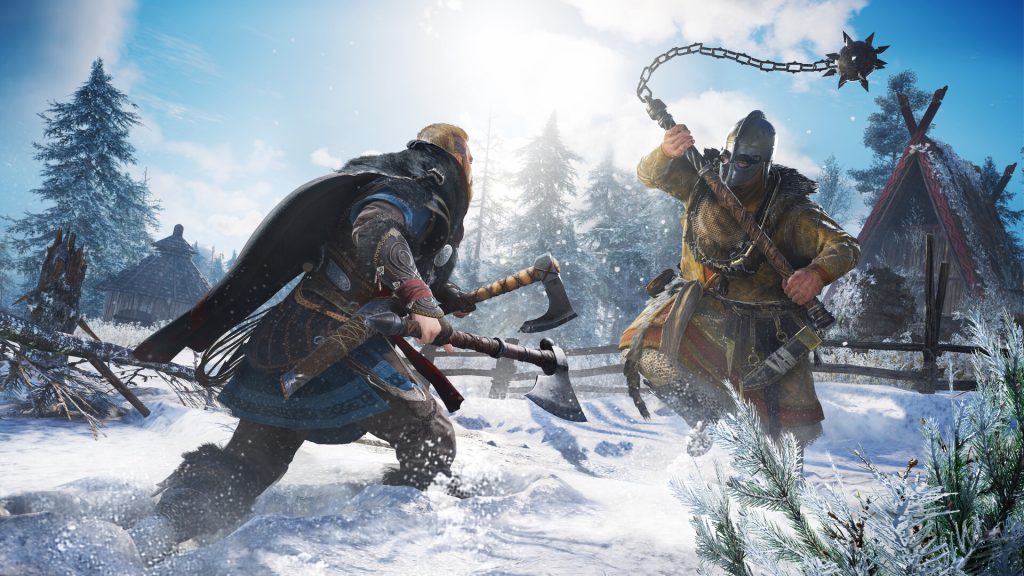
When Valhalla launched, it had all the ingredients to become one of the most celebrated entries in the franchise: Viking setting, settlement-building mechanics, and strong narrative foundation. It had the potential to create a unique and engaging experience.
However, Ubisoft’s decision to ignore four key features and improvements from its predecessors, Origins, and Odyssey, hampered its potential to fully capitalize on these strengths at launch. The four features missing were:
- Enemy Level Scaling
- Mount Combat
- Previewing and Transmog Gear and Cosmetics
- Inventory management
Naturally, fans who had grown accustomed to these features from Odyssey and Origins were vocal in their disappointment. The lack of mount combat made traversal feel less dynamic, particularly in a vast open-world setting, while uneven enemy scaling diminished the challenge and balance.
No longer did players need to focus on skill trees and gears, as simply completing side quests made characters significantly stronger. This essentially trivialized one of the series’ core elements: its combat system.
Valhalla is missing basic features that were in Origins and Odyssey
byu/Drejnik inassassinscreed
Similarly, the removal of gear customization options and the inability to preview cosmetics made buying and upgrading gear far more cumbersome than it needed to be.
On top of that, the decision to remove a sorting feature for inventory management felt like an unnecessary step backward. In a game that heavily leans on RPG mechanics, this oversight made managing loot and equipment frustrating and tedious.
Ubisoft’s habit of adding QoLs after release is harmful
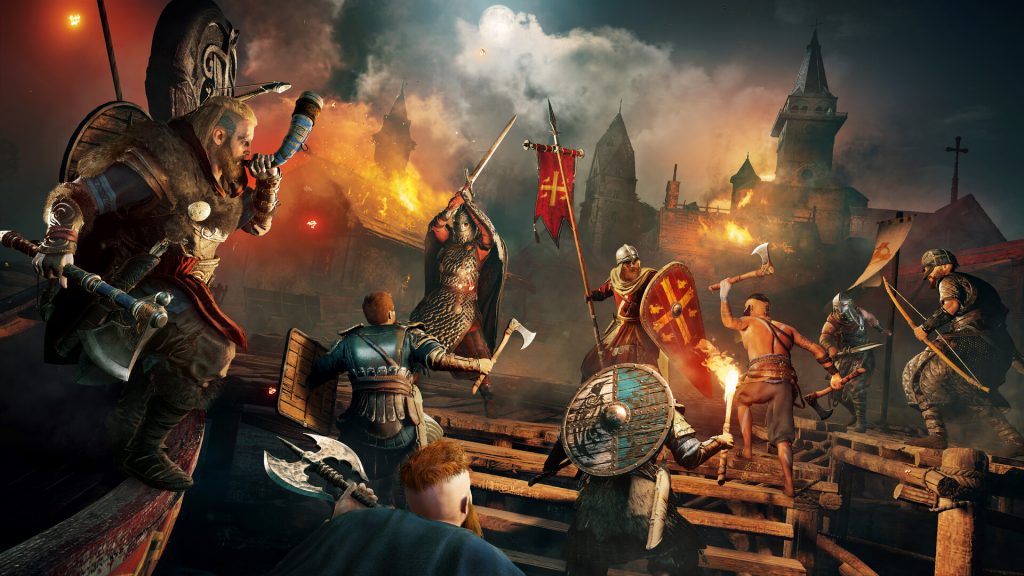
Ubisoft has earned a reputation for addressing player feedback post-launch, as it often adds various QoL improvements later in a game’s lifecycle. In the case of Valhalla, some features like a limited transmog system and dynamic enemy scale were introduced after launch in response to community outcry.
While this shows the developer is willing to listen to its fans and put in its efforts, it also raises a question: why are these features missing at launch in the first place? Fans have repeatedly expressed frustration with Ubisoft’s habit of removing or tweaking successful systems from prior games.
This approach forces players to adapt to incomplete versions of a game until updates roll out, in future patches. This approach feels counterintuitive for a franchise that builds on its own legacy.
Instead of enhancing the experience by building on established systems, Ubisoft often chooses to reinvent the wheel, creating inconsistencies and alienating parts of its fanbase.
As fans eagerly await the next chapter, the hope remains that Ubisoft will recognize the value of consistency and player-driven design. If Shadows can combine the best of what the series has offered with fresh innovations, it might just restore the faith of fans.
In the end, fans were let down by Valhalla. But, its legacy will also serve as a reminder of how small decisions can leave a big impact on a beloved franchise and ruin its reputation.
This post belongs to FandomWire and first appeared on FandomWire
